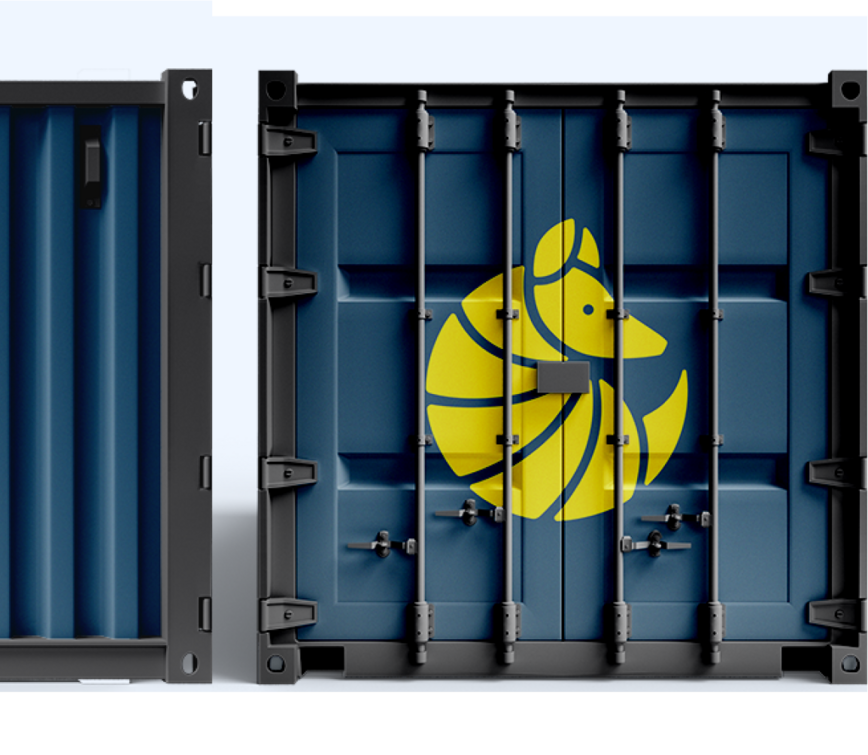Track my order
blog
What is Container Rain?



Container rain, also known as “container sweat”, is your container’s way of saying “Phew, it’s hot in here!”. When the air inside your container gets warm and meets the cooler air outside, it creates moisture — just like a nice, cold beer sweat on a hot summer’s day. This moisture can build up on the ceiling of your container and drip down, making it look like it’s raining inside.
Container Rain vs. Active Leak: How to Spot the Difference
Not sure whether your container is leaking or sweating? Here are a few ways to distinguish between the two.
- - Moisture Uniformity: Container rain will appear as a uniform mist across the ceiling, while a leak will create a noticeable wet spot in a specific area.
- - Weather Dependency: Container rain can happen at any time — not just on rainy days. Leaks, on the other hand, are more likely to present themselves when it’s actually raining.

How to Avoid Container Rain
Here are some preventative measures you can take to avoid container rain.
- - Add Desiccants: Desiccants (like the little silica packages you’ll often find in consumer packaging) absorb moisture and reduce humidity levels in their surrounding environment.
- - Add Vents: Good airflow helps to keep things dry. Consider introducing extra ventilation to your shipping container with easy-to-weld louvre vents or turbine vents. (Not sure which to choose? Read our container ventilation guide.)
- - Add Moisture Barriers: Liners like poly sheeting or tarps are a cheap and efficient way of adding an extra layer of protection.
- - Conduct Routine Check-Ups: Give your container a little TLC with regular check-ups for any wear and tear.
That’s it! You now know how to tell the difference between container rain and leaks — and your stored possessions will stay drier and more secure for it. Remember, a proactive approach to container maintenance can significantly prolong the life of your belongings and your container.
If you have any questions or concerns about your Boxhub shipping container, reach out to the customer success team at any time: support@boxhub.com.

About Nina Barango
Nina Barango is an experienced content marketer and container expert with a proven track record in the tech and logistics industry. Having worked with various startups and SMEs, she bridges the world of marketing, tech and shipping containers. When she's not creating content that'll revolutionize global container trade, you can find Nina reading a book or mastering her video editing skills.







Continue Shopping
Loading cart